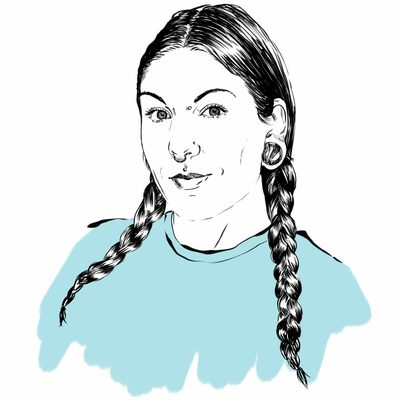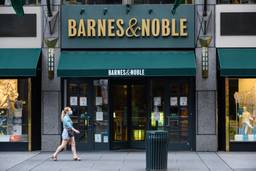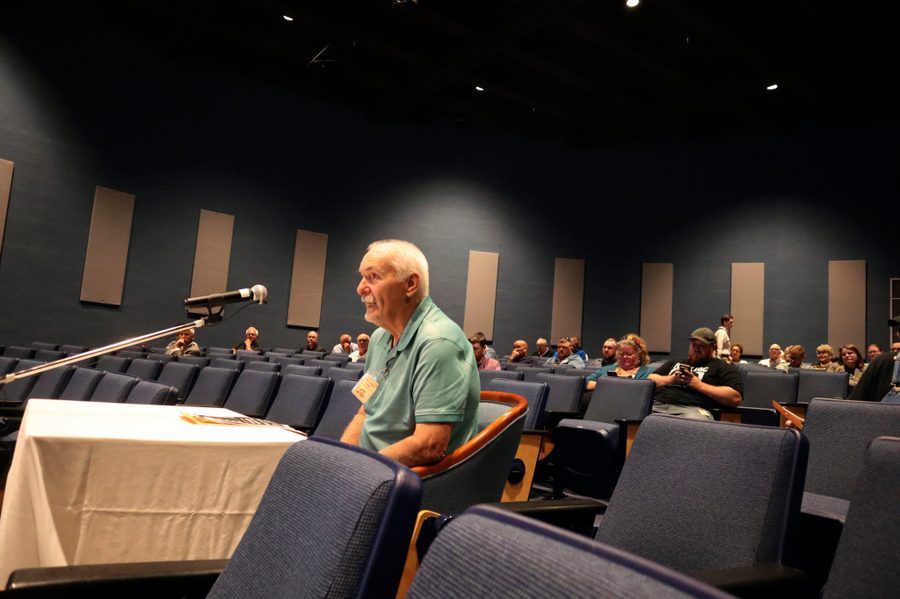
At 9:00 A.M. sharp on August 10, a small phalanx of smiling, well-coiffed elderly women began herding a crowd of several dozen people into the auditorium of the National Mine Health and Safety Academy in Beckley, West Virginia. Among the crowd were former coal miners and their spouses, lawyers, pulmonologists, black lung clinic staff, environmental activists, local media, union representatives, and concerned citizens — all there to attend a public hearing for a new proposed rule from the Mine Safety and Health Administration (MSHA) that seeks to limit silica exposure in the nation’s coal mines to 50 micrograms per cubic meter, down from 100.
I was there too, both to document the proceedings and offer my own brief testimony. I have been following this rule’s progression since I began reporting on the black lung epidemic last year, and was thrilled to see it finally enter the public comment portion. As I found in my recent investigation for In These Times, black lung now afflicts more than one in eight coal miners in Kentucky and West Virginia who have been working underground for 20-24 years, up from one in 30 a decade ago. Younger miners — those who have spent only 15-19 years underground — are becoming sicker with pulmonary massive fibrosis, the most severe form of the disease. As I wrote then, workers in their 30s and 40s are now making their way to the same black lung clinics that served their parents and grandparents, and fighting the same battles against red tape and corporate malfeasance to win black lung benefits. And it is all completely preventable.
The hearing in Beckley was chaired by Patricia Silvey, Deputy Assistant Secretary for Operations at MSHA, and stretched for nearly four hours of comments, testimonies, personal stories, questions and occasional pushback from the agency.
It was the second such hearing to be held — and almost didn’t happen at all. The first hearing had taken place a week earlier, on August 3, in Arlington, Virginia, and another is being held on August 21, in Denver, Colorado. Both those locations make logistical sense: MSHA operates a training center near Denver, and the Arlington location is both right outside Washington, D.C., and also near the United Mine Workers of America (UMWA) headquarters in nearby Triangle, Virginia. But without the addition of Beckley, the Central Appalachia communities most affected by the proposed rule — and hit the hardest by the black lung epidemic that is currently ravaging the region’s coal miners as a result of overexposure to respirable crystalline silica — would have struggled to make their voices heard during the crucial public comment period.
Beckley was hastily added to the schedule after local advocacy groups like Appalachian Voices called on MSHA to include a hearing in the region. “Many impacted workers and families are struggling financially because their family members are no longer able to work due to black lung disease, and traveling such a long distance is simply not a financial possibility,” Appalachian Voices explained in a July 10 letter to MSHA. “Other impacted workers are not physically well enough to make the roundtrip so far away.”
As it stood, many of the attendees at the Aug. 10 hearing still had to go the extra mile to make it out. Vonda Robinson, vice president of the National Black Lung Association, and her husband John, a former miner now struggling with advanced black lung disease, drove three hours from their home near the Tennessee border. Both spoke in favor of strengthening the proposed rule to ensure that mine operators can’t cut corners with miners’ safety. Her voice strong with emotion, Vonda Robinson told the hearing room how much the disease has damaged her 57-year-old husband’s quality of life, and how badly it pains her to see younger men still being stricken with it today.
Even her five-year-old granddaughter knows that something is wrong — and has already learned how to operate her grandfather John’s oxygen tank. “She’ll say, ‘Nana, I wish Papaw didn’t have black lung, because he can’t get out and play with me, he can’t run with me,’” Robinson said. “I don’t like to see the toll that it has on the men’s lives. Now we’re looking at guys only 32 and 34 years old, getting complicated black lung, and that tells you that there’s something wrong — the coal companies are not doing what they’re saying they’re doing.”
Another retired West Virginia coal miner, Terry Lilly, had a difficult time even walking to the microphone to share his testimony. He began with an apology. “Excuse me, I have trouble breathing,” he wheezed, pausing every few words. “I’m at 40% of my lung capacity.” Lilly soldiered on, adding a grim warning. “It’s too late for me… but I’d like these young people to realize they need to wake up. One of these days you’ll be like me — you can’t walk across the parking lot.”
Lilly was one of several former miners who testified during the hearing; most of them already had advanced black lung, and were horrified by the knowledge that an entire new generation is facing this old evil. They were joined by advocates like attorney Sam Petsonk, a local labor and employment lawyer who has represented thousands of miners in black lung cases. In delivering the first comment of the day, Petsonk wasted no time explaining exactly why the rule is so necessary — the National Institute for Occupational Safety and Health (NIOSH) called for limits on exposure to silica dust back in 1974, but MSHA has failed to meaningfully address the issue until now — as well as the myriad ways the proposal still falls short.
Armed with a laptop and sheaf of notes, Petsonk outlined three major issues with the rule as it stands: that it requires no routine sampling of silica dust in mines; that it imposes no specific penalties for mines that violate silica dust limits; and that it offers no immediate protections for miners who are overexposed.
“A rule with no penalties is no rule at all,” Petsonk said. “The only thing that mining companies understand is money. They don’t understand or appreciate the blood and the lives of miners, because if they did, they would have protected miners willingly over the last several decades.” (Silvey, the MSHA official overseeing the hearing, responded that the rule sets a bar for operators to meet, but “does not deal with penalties.”)
Most of the other speakers agreed that the proposed rule clearly needs work. A number of miners who testified zeroed in on the rule’s overreliance on using respirators as a corrective measure in mines that are found to be noncompliant with the 50 micrograms standard. As Willie Dodson, a field coordinator for Appalachian Voices, emphasized in his testimony, it’s impractical to expect workers to strap a bulky, tight-fitting apparatus to their face for 12 hours at a time and keep it on while doing hard labor in a dark, tight space, all while needing to be able to communicate with their coworkers. (The fact that many miners wear beards, which makes it harder to maintain a good seal on protective facial coverings, underscores how flawed this solution is.)
Dr. Leonard Go, a pulmonologist at the University of Illinois and medical director for the National Coalition of Black Lung and Respiratory Disease Clinics, called respirators “an ineffective and impractical solution when dust levels are high,” comparing them to a Band-Aid that provides a false sense of security. “I as a physician cannot reasonably expect a miner to do physically harder work than I do with a tighter fitting mask than what I wear in a hospital,” Go testified.
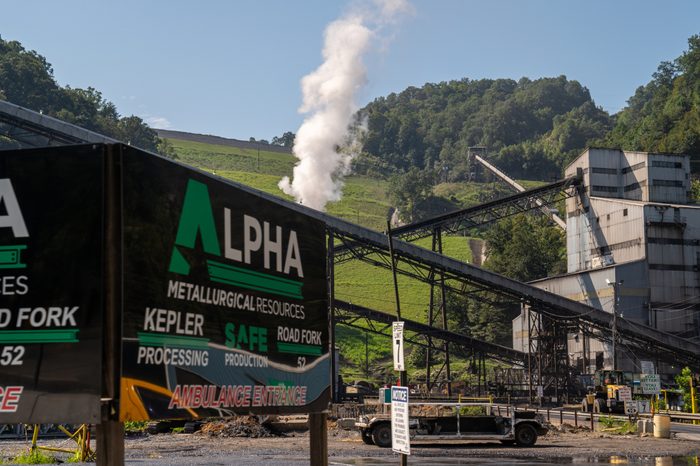
Most speakers also shared a profound lack of trust in mine operators’ ability and willingness to perform accurate dust sampling, and were distressed that the proposed rule would allow them to self-report the silica levels they find in their mines. “I’ve got 30 years of coal mining and I know the tricks and how [mine bosses] operate,” Terry Lilly had explained. “We just need to put a stop to it, and we can save some lives.”
“I look at these young miners, and their faces are black when they come home,” said William “Bolts” Willis, another retired miner. “Do I have to sample to know that they’re getting black lung? Their eyebrows are white from silica dust. We know what’s happening. Let’s do something about it — and it has to be drastic.”
The most common sentiment in each of the 23 comments, including my own, was that the rule is a necessary first step, but MSHA must continue to strengthen its provisions to truly help the miners who need it most. “I represent miners in their 30s, and 40s, and in their early 50s, who have severe progressive, massive fibrosis and silicosis, who have lost over a quarter of their lung to rock dust,” Petsonk said. “Their lungs have turned to rock dust. They have Category B progressive massive fibrosis because of those exposures. We have a crisis. And the rule does not capture that.”
Beyond the proposed rule’s technical points, much of the testimony understandably crossed into emotional territory, but the hearing’s overall message was hopeful: People were glad to see the agency doing something to staunch the bleeding and address the public health crisis unfolding within the mines and in their living rooms.
“We old timers have already paid the price,” said John Robinson, wearing a “Black Lung Kills” T-shirt that stretched across his broad shoulders. “We’re going to die from this preventable disease. But we have got to take care of our younger guys.” His baby brother, he said, works in the mines now, and Robinson does not want him to suffer the same fate. “Until we have a rule in place that protects our miners, keeps them employed, and eliminates fear and retaliation from these operators, it won’t be enough.”
While every speaker who commented in person or via Zoom ultimately supported the rule, not a single mine operator or company representative said a word. They were there, sitting in clusters of suits with faces like thunder. They’d heard the testimony of the workers who’d made their companies rich and were now dying as a result, seen the tears glisten in old miners’ eyes as they struggled to speak, but they didn’t utter a sound. They had already made their views clear, though. When the public comment period initially opened in July, a flurry of nearly identical comments from mine operators and industry groups, including the National Mining Association, popped up on MSHA’s website, all suggesting the rule goes too far and urging the agency to prolong the comment period — and thereby delay the rule’s implementation. (MSHA announced at the Beckley hearing that they are extending the comment window, but only by 15 days; it will now end at midnight on September 11.)
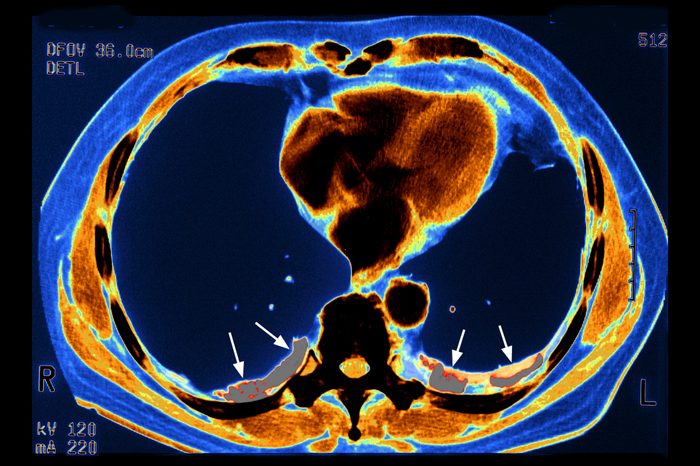
While none of them apparently saw fit to attend the hearing in Central Appalachia, half a dozen mining and construction industry representatives had trooped into the first MSHA hearing in Arlington earlier this month, with representatives from the American Road and Transportation Builders Association, the National Mining Association, the Portland Cement Association, Heidelberg Materials, the National Stone, Sand & Gravel Association and others testifying, overwhelmingly in opposition to the rule. While coal miners suffering from black lung believe the rule can’t come soon enough, mining executives seemed horrified at how “quickly” the proposal has wound its way through the agency.
“The first time the idea of a silica rule appeared in the MSHA regulatory agenda was over 20 years ago, and MSHA wants to provide industry 45 days to comment and six months to comply,” said lawyer and former coal company executive Michael Peelish at the Aug. 3 hearing. (Ironically, by pointing out how long it has taken to get to this point, Peelish undercut his own complaint about the current process’s relative speed.) “This does not work in your favor, and the courts will explain that to you if you don’t figure it out.”
But at the same hearing, Dr. Drew Harris, the medical director of Virginia’s Black Lung Program at Stone Mountain Health Services, the largest dedicated treatment facility in the country, urged MSHA to go full speed ahead. “I’ve heard from many people today that are calling for more time to prepare for implementation of this rule,” Harris testified. “And from my perspective, the longer we delay, the more patients will be inadequately protected, which will lead to more diagnoses of severe black lung and more premature and unnecessary deaths, and so I would urge MSHA to strongly consider moving forward in the proposed timeline and as quickly as possible.”
In Beckley, the final few speakers similarly urged MSHA to act fast, to do it right, and to make sure that the rule is as strong and effective as possible. “As you’re developing the final rule, I’d ask that you look at each piece and ask: does this section open the door for cheating, or gaming the system?” said Josh Roberts, Director of Occupational Health and Safety at the UMWA. “And if the answer is yes, then there’s a lot more work [that] needs to be done. History shows that when you leave an opportunity for loopholes or the gaming of the system, some people will take advantage of that. And that’s why miners are getting sick. It’s not because everybody’s following the rules and doing what they’re supposed to be doing and following their ventilation plans and following the law. It’s because they’re not.”
As the speakers trickled out of the Beckley auditorium in the early afternoon, said their goodbyes, and prepared for the long drive home, Vonda Robinson’s words about her little granddaughter echoed in my head. “She’ll say, ‘Nana, I don’t like that black lung,’” Robinson had recounted. “I said, ‘I don’t either, honey.’”
It had been a hard day. The miners’ stories about losing the chance to run and play with their grandkids reminded me of how it felt when I lost my own granddad to a brutal occupational lung disease. It also made me think of all the other children who will have to watch their own fathers, siblings, and grandfathers die breathless thanks to this horrible disease, which continues to claim younger and younger victims. As the speakers that day made clear, so much is riding on this proposed rule, and the stronger versions that will hopefully follow. If MSHA does this right, entire generations of Appalachians may have a chance to grow up and grow old, to celebrate the coal dust that miners proudly say “runs in their veins” — but to also breathe easy, with no rock dust in their lungs.
Kim Kelly is a freelance journalist and author based in Philadelphia, PA. She is a labor writer for In These Times, a labor columnist at Teen Vogue and Fast Company, and regularly contributes to many other publications. Her first book, FIGHT LIKE HELL: The Untold History of American Labor, is now available from One Signal/Simon & Schuster. Follow her on Twitter at @grimkim and subscribe to her newsletter, Salvo, here.
